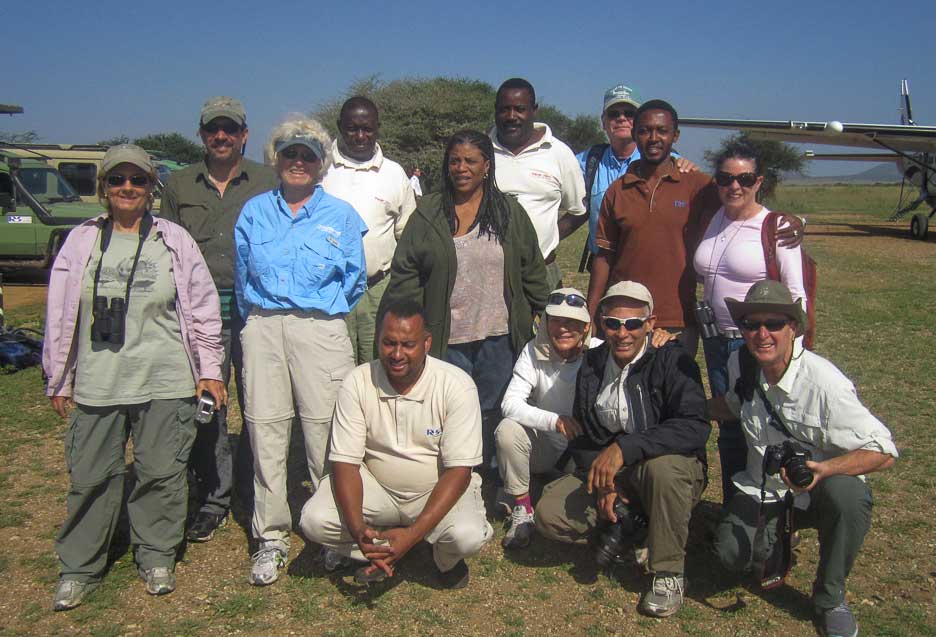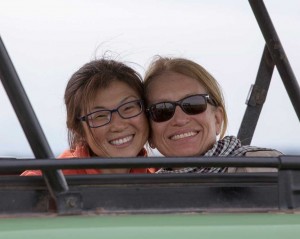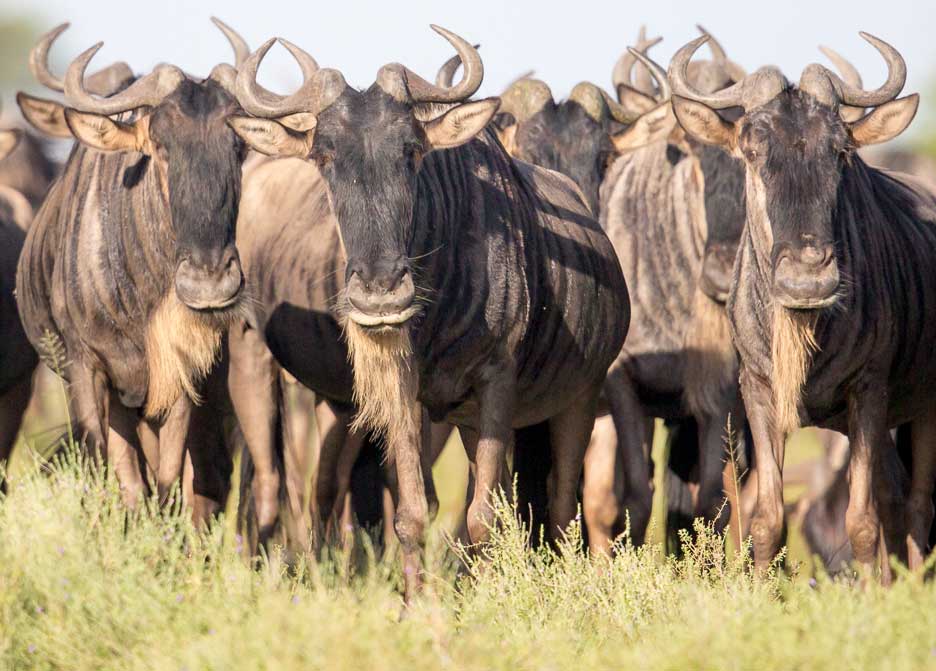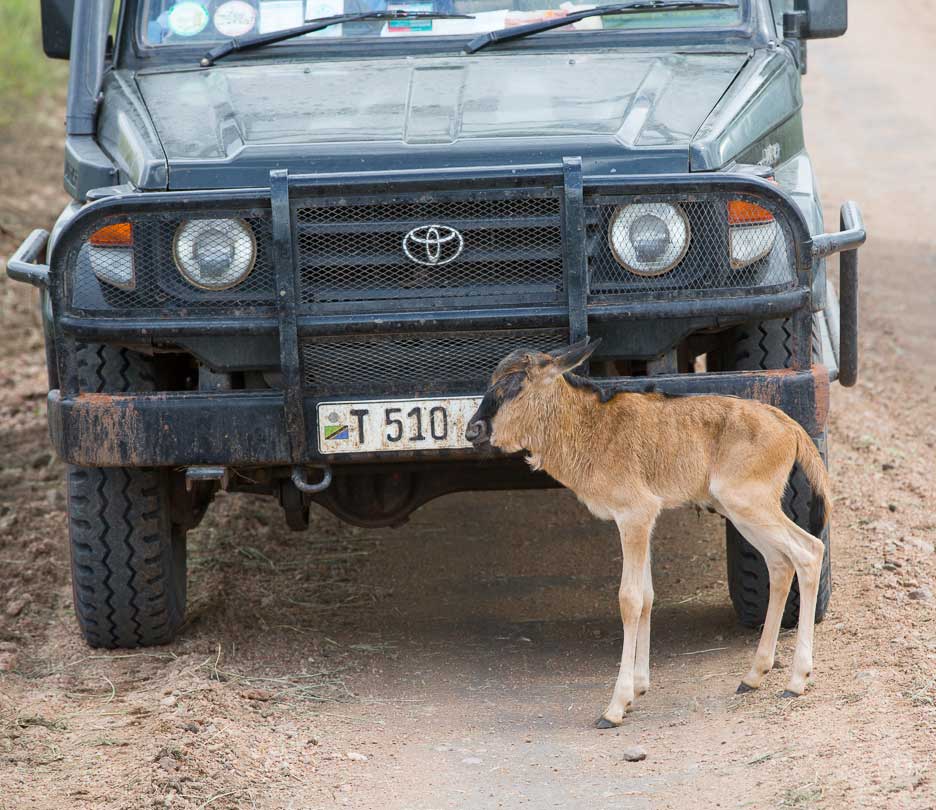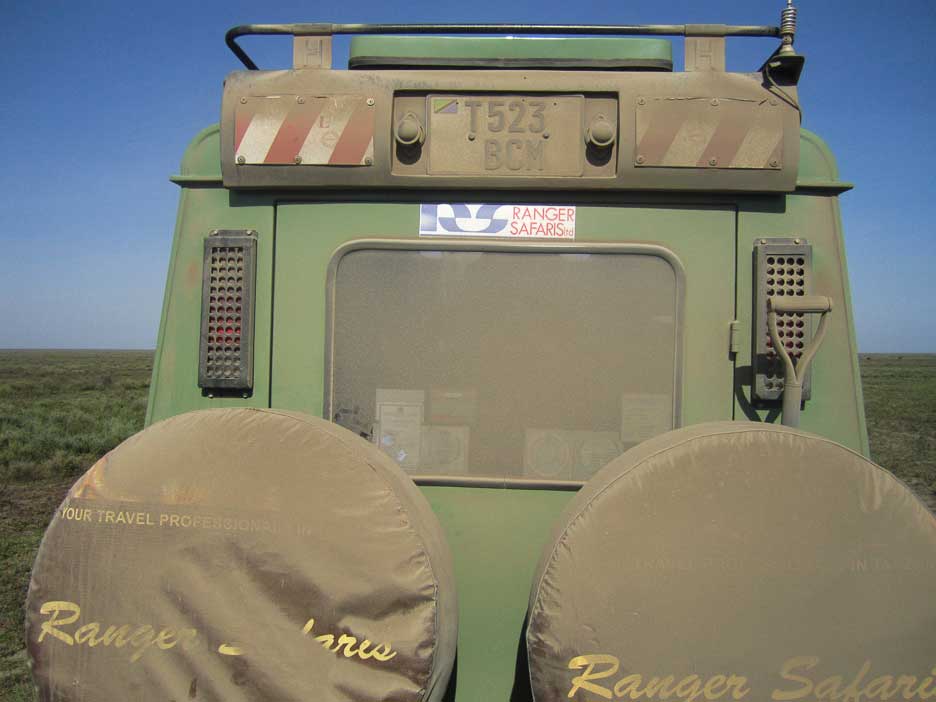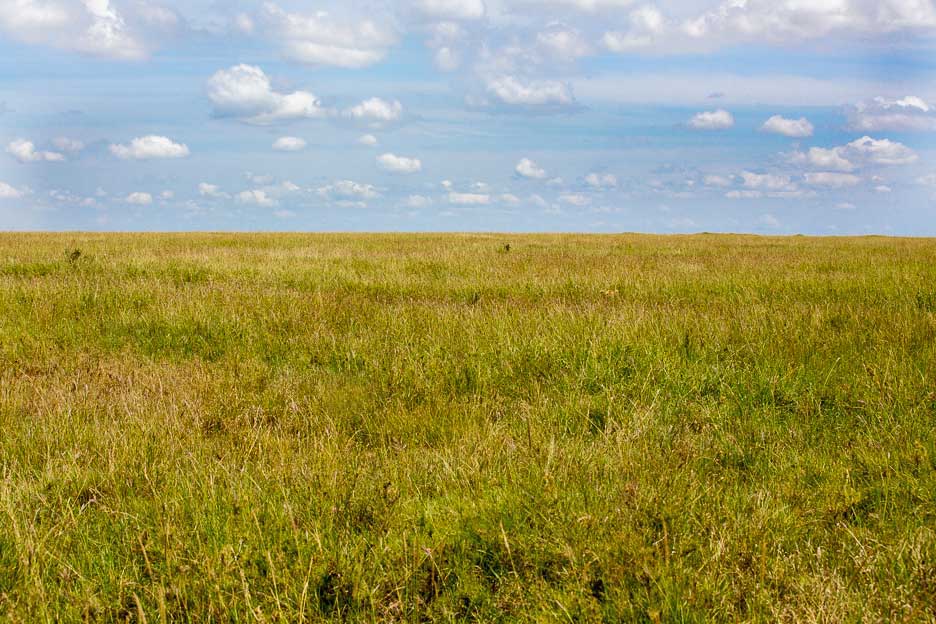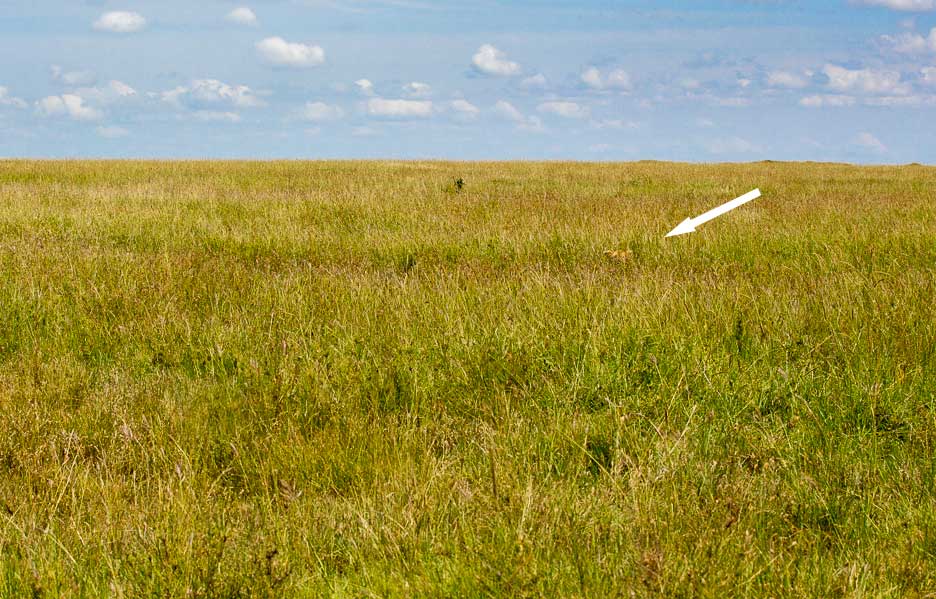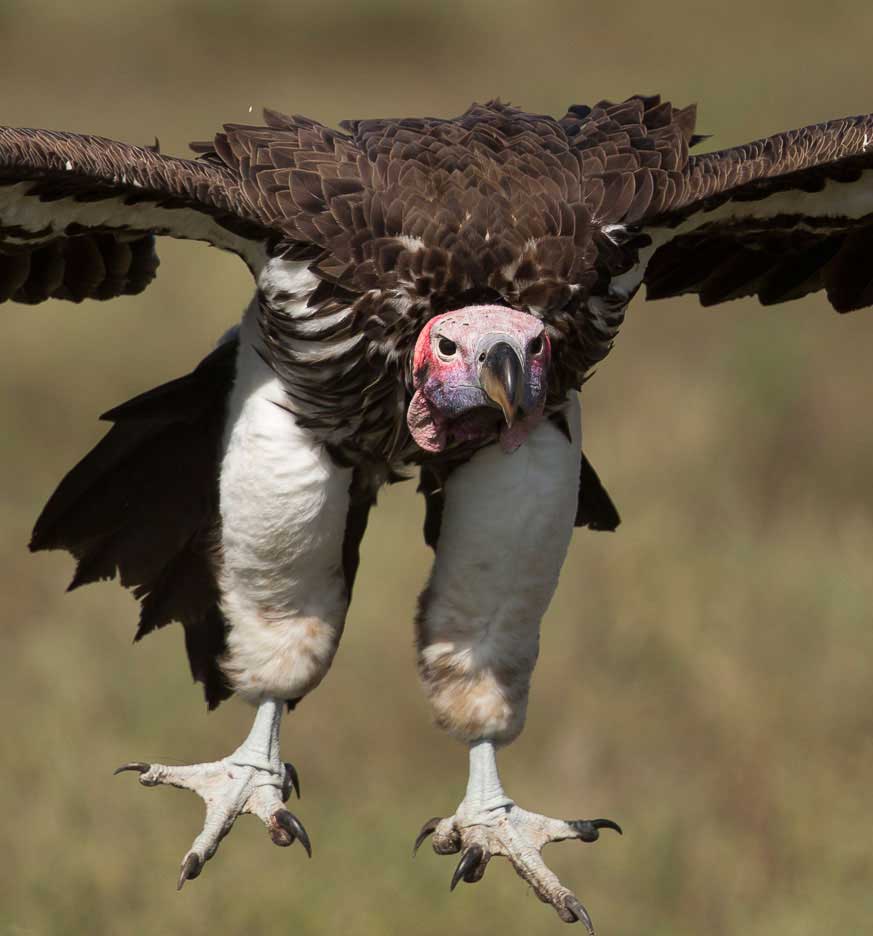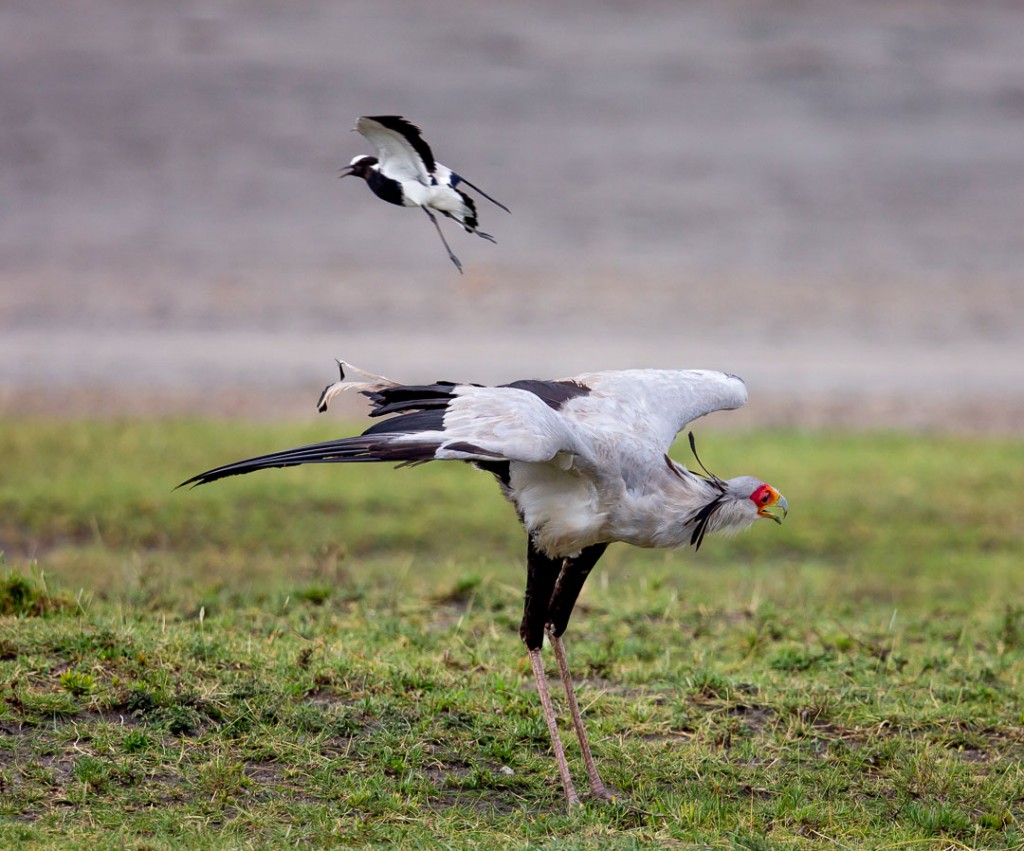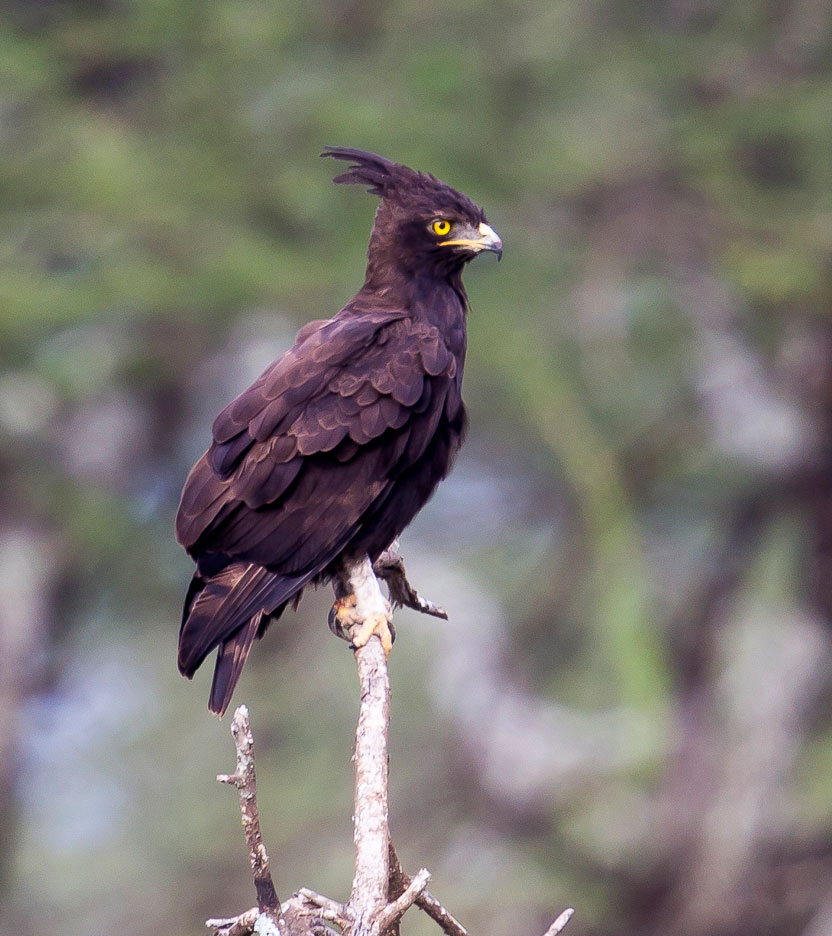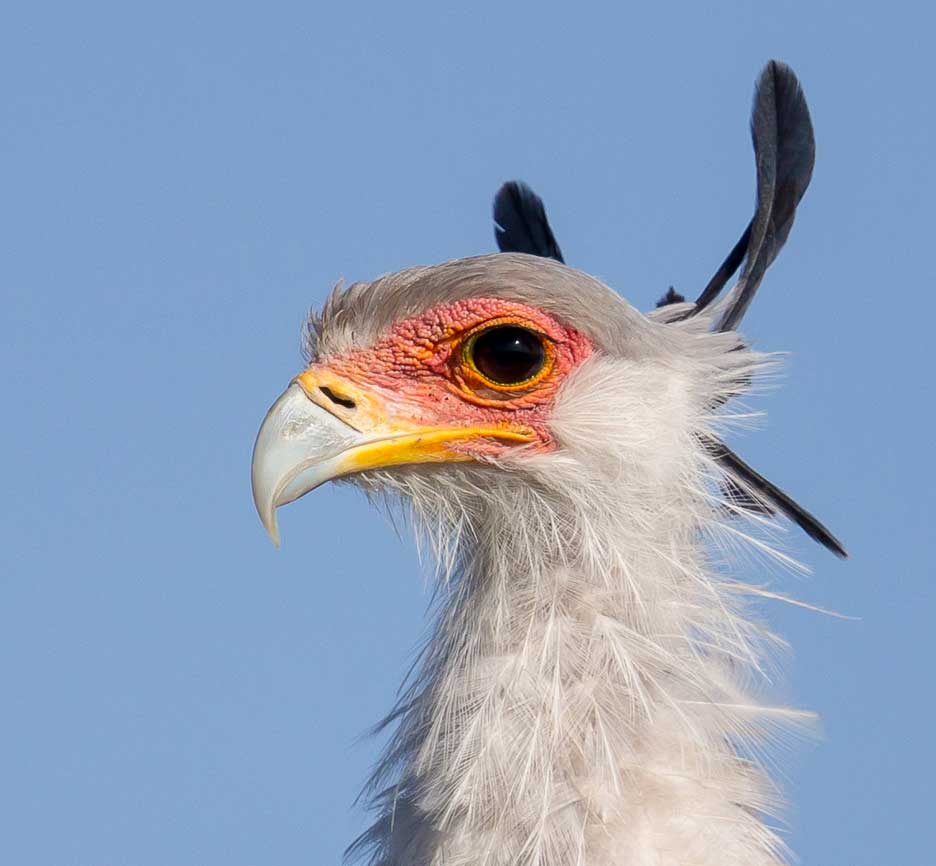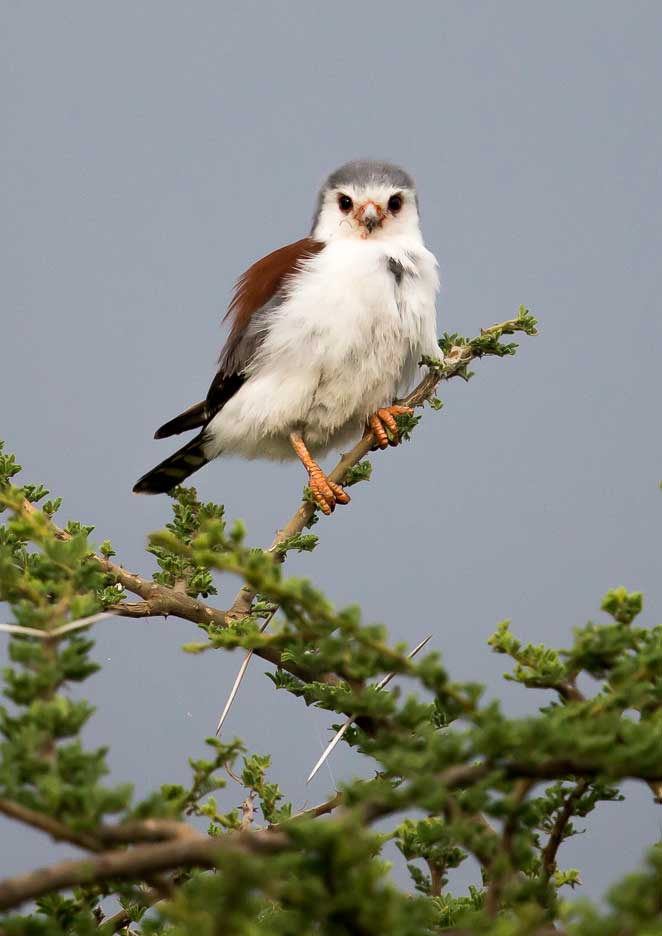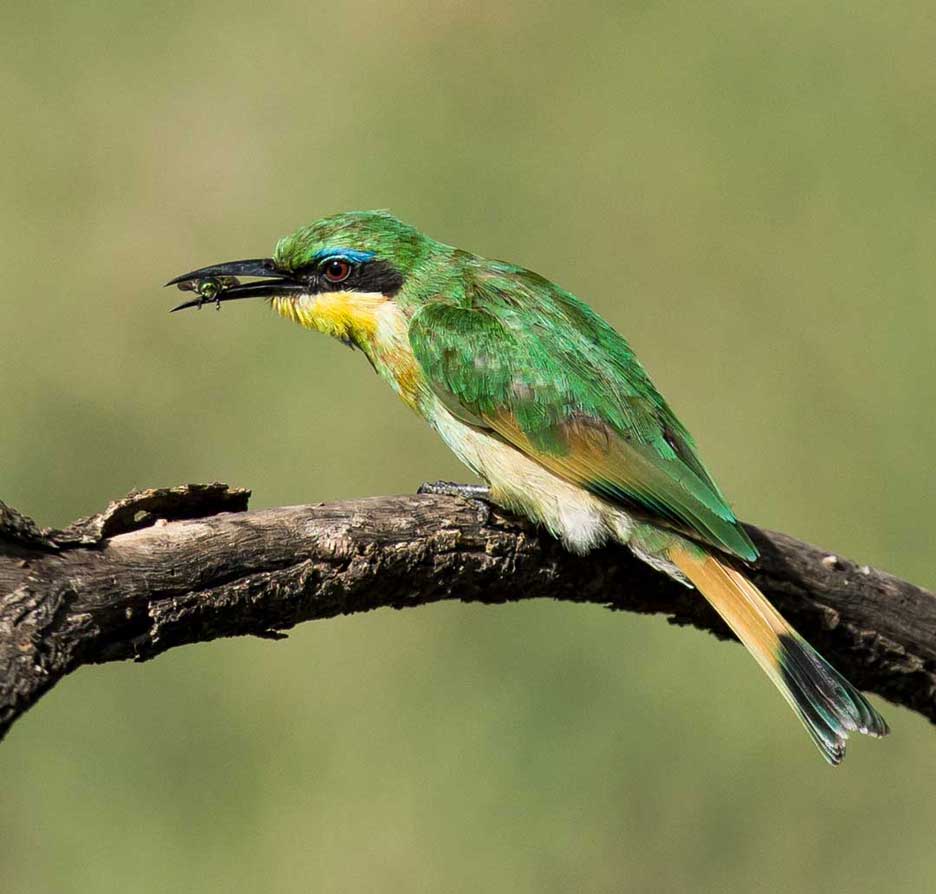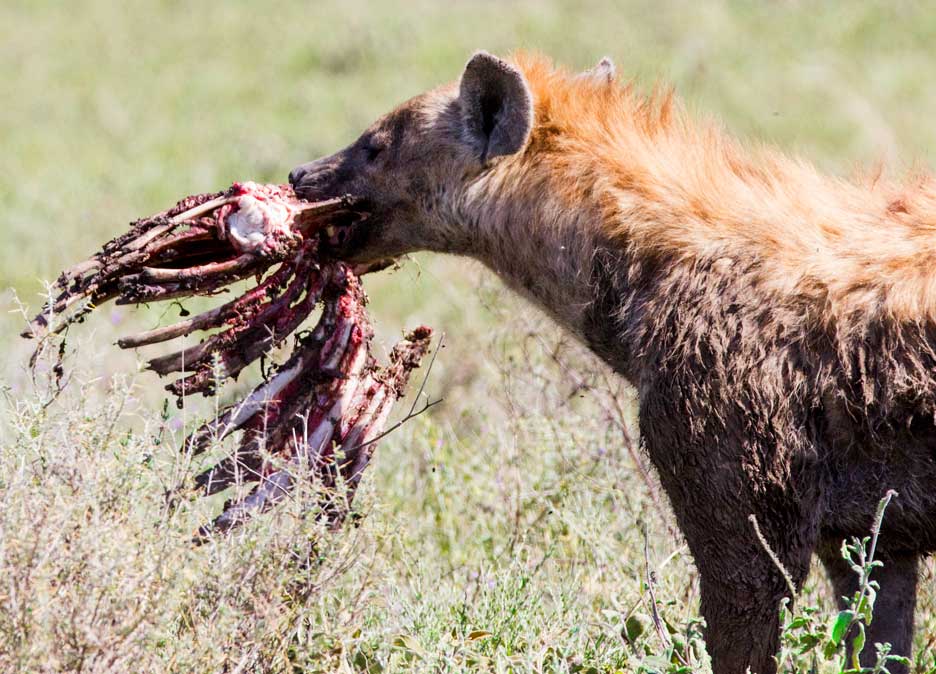In February of 2013 I took 10 people to Lake Ndutu in the southern Serengeti of Tanzania to photograph the wildlife, particularly the big cats. The Serengeti is a wildlife photographers dream, and will spoil you when you travel to other parts of the world to photograph wildlife. Click here to see my prior page on the Lake Ndutu area in 2011 to get more details why I go back to this specific area of the Serengeti. We are planning another trip there in 2015.
I have lots of pictures and stories from prior Africa trips in the Wildlife Photography section of this web site. They are detailed pages with hundreds of great photos to entice you to go. In keeping with my philosophy that it is not “just about the photo”, I wrote these pages as a travel log so you can learn about different cultures and see what is going on in the world in regards to conservation of endangered animals. There is a whole lot of information there, so pace yourself if you decide to read it, and make sure you read some of the smarty pants comments and not just look at the pictures.
On this Photographer’s Africa page I take a different approach from my prior pages and present my trip in Feb of 2013 from a more technical photographic point of view. This might help the increasing amount of nature and wildlife photographers who have invested in good camera equipment and want to bring home more keepers of their once-in-a-lifetime trips. It also might save me from lots of questions that I have already answered over and over.
On this page you will get your fill of cheetah, and see photos of an actual hunt. This is the end result of many hunts we observed. Its a female cheetah eating a one day old Grant’s gazelle.
This was her minutes earlier as she searched for this baby hidden in the grass.
Since I already have hundreds of photos of wild animals staring back at me, my primary interest on a trip like this is to take action shots of animals interacting with each other, particularly the predator-prey battle. Cheetahs on the hunt were my main quarry. Since they hunt in the daytime in the open plains you have a greater chance of watching them run down their prey, as compared to the elusive leopard or the lions that usually hunt in the night. You need to be in the right place at the right time on this one because of the speed involved and the fact the whole hunt from take off to landing is completed in 20-30 seconds in most cases.
When you are lucky to observe this you get a big dose of survival of the fittest shoved down your throat. Some people find this aspect of nature disturbing. Later in this page there are pictures of adolescent cheetahs killing a 2 day old wildebeest, with a link to a whole page on the hunt from beginning to end. They are highly graphic in nature and not suitable for children.
Click on any picture on this page to see a larger version or a link to more photos. All photos have been saved as jpeg medium compression for rapid downloading.
Our tired but satisfied group as we are leaving the Serengeti. I usually take 10 people maximum and put them in 4 cars. This gives us flexibility and gives the photographers in the group more than enough room to bring equipment and move around without knocking someone out of the vehicle.
Carole and Yuriko missed the group photo (we don’t need to mention why), so they get her own “group photo” picture.
Click on either of the photos above to see our group enjoying themselves
The Trip
This was my 7th time to Africa, my 5th to the Serengeti, and my second to a specific area of the Serengeti called Lake Ndutu. Lake Ndutu is in the Southeast corner of the Serengeti. It is here, when the rains start, in a 3 week span every February, that wildebeest calves are born by the hundreds of thousands. This makes it a spectacle, and along with the large amount of other animals (especially the predators), there is lots of action.
The wildebeests, numbering over 1.7 million, follow the rains as they nourish the savannah grasses (C4 and C3) in different sections in this vast area. When the rains start in the Ndutu area it is a signal for the stork to start delivering the babies.
These ungainly looking animals with goatees are wildebeests (also called gnus). People sometimes joke they are so comical looking they were probably designed by committee. Looks are deceiving when you consider they have been around for millions of years and number upwards of 1.7 million.
None of the wildebeest or predators would be here if it weren’t for the grasses. The Serengeti is unique because it is a vast grassland almost on the equator. In other places of the world there are tropical rain forests on the equator. The Serengeti is a grassland, and not a tropical rain forest, because of seismic activity millions of years ago that created the Great Rift Valley. When the rains come the intense tropical sun causes the C 4 and C 3 grasses to grow in abundance. It is these grasses that feed the millions of ungulates (hooved mammals) that graze year round.
This area also gave birth to human evolution. Olduvai Gorge, where Louis Leakey did his seminal work discovering early humanoids (zinjanthropus), is close to our camp and an easy visit. If you go there you can look back in time to our ancestors.
You can see the rain coming at great distances in this vast landscape (Serengeti is Swahili for extended landscape). Can you tell what animals are grazing in the foreground?
As you drive amongst the vast herds there are calves everywhere. The mothers are stimulated to calve now due to the nutritious nature of the grasses in this area that are now nourished by the rains. This is also a survival strategy, because the sheer numbers of calves born at the same time overwhelm the predators’ ability to eat all of them.
This calf is only a few minutes old and looking for his first meal. The milk he will take in for the first few days is called colostrum, which provides critical antibodies he cannot produce at such a young age. If he does not get separated from his mother he stands a chance of returning back to this area in one year as an adult.
Unfortunately, many of the calves are displaced from their mothers and are doomed. Up to 20% of the newborns suffer this fate. It does not affect the overall numbers of wildebeests because they have fine tuned their community over millions of years to produce only enough adults that the grasses can support.
Some of them think of our vehicles as their mother and will follow us down the road.
As helpful as it is to go on the web and plan your trip on your own, nothing beats talking to the boots on the ground and tapping into their tremendous expertise. On each trip I meet with the main guides to plan a follow up trip a few years later. This detailed planning is the hallmark of my trips and has paid off handsomely. Once the preliminary plans are set, I communicate with the guides via email to refine it based on their experience in the field over many months prior to my trip.
This is me, Firoz, and Evans planning my next trip with the help of a detailed map.
For Serengeti trips, most people from the U.S. fly Delta/KLM through Amsterdam. Plan on a good 10 hours to Amsterdam, and then after a few hours layover another 10 hours to Kilimanjaro International Airport. You arrive late at night and by the time you get to sleep it is around 2 AM. Do yourself a big favor and save up the frequent flyer miles to go business class.
Most trips are set up to fly or drive off to the Serengeti the next morning after a one night hotel stay. Over the years I have found this to be too rushed, along with the fact that people are exhausted from the flight and time zone change. On all my groups we stay at the arrival hotel an additional night and get off to a good start when we get to the mobile tented camps. We oftentimes do this on the way back home.
Much is written on the web about airline restrictions regarding how many camera bags you can bring, along with the weight of this equipment. I have not encountered this problem when bringing two carry-ons on the international flights. For the flights in-country with the smaller planes our travel company International Expeditions reserves a few extra seats so weight restrictions are not of any significance.
Even though you are going almost directly East-West on this trip when looking at a map, the flight from Amsterdam to the U. S. and back flies across the top of the planet. Get out your globe and draw a straight line from Amsterdam to Los Angeles and you will see what I mean.
This picture was taken from the plane as we passed over Greenland, the largest island in the world.
The mobile tented camps are where the action is because you are literally in the savannah. You have all the amenities needed, including a flush toilet, hot water shower, very comfortable beds, generators to charge your batteries, bonfires before dinner, and good food. It is the best of all worlds and great value for the money. At night you get the full effect of the sounds of hyena’s cackling and lions roaring before you crash asleep in comfortable beds from an early and busy day. The stars and Milky Way at 5 AM when you get up for tea and breakfast is stunning.
In the mobile tented camps you might find a visitor hanging around your tent after lunch
A man named Hugo Van Lawick is my inspiration for nature and wildlife photography in the Serengeti. As a matter of fact, he was my inspiration in becoming a veterinarian although I did not realize it at the time because I was only in grade school. Hugo was the first cinematographer to professionally capture the timeless story of survival of the fittest in the Serengeti. Most of the original National Geographic TV shows and movies about this area were filmed by him. Hugo was way ahead of his time.
There is a memorial to him near our campsite. Our budding wildlife photographer Yuriko learned of Hugo before the trip and wanted to see his memorial. Do you notice anything behind us?
My Equipment
Photography is a priority to me, so I spend the time learning the craft. I love good optics, so I purchase the best equipment Canon makes, then I practice with it in field conditions before any major trip.
If I have not taken pictures in a while I find an excuse to get out in nature and just shoot to keep my skills up. The most important skill to learn in your pre-trip practice is autofocus on rapidly moving objects. You also need to learn all the features, nubs, and dials on your camera, so that you can instantly change any setting as photographic conditions change.
Canon 1Dx Mark II
Used for the overwhelming majority of action photos due to its frame rate and autofocus capability. I kept the 500 mm on it almost 100% of the time. Even at up to 14 frames per second it is not fast enough for many sequences I shoot. More on this later when we look at individual pictures.
I also keep a 1.4X teleconverter on it, and sometimes the 2X, almost all the time. You need a lot of reach with wildlife, and that 700mm with the 1.4X teleconverter works well.
Canon 5D Mark IV
Used for close shots with the 70-200 mm f/2.8 IS. This strategic decision was beneficial most times but not always. I occasionally put the 500mm with either teleconverter on this camera when shooting a distant static object when I needed the extra megapixels over the 1Dx.
Canon 7D Mark II
Used mostly for teaching purposes and as a backup camera. I used it once for extra reach on the Kori Bustard that was in full mating plumage and the other cameras did not quite have the reach I needed.
Canon 24-105 f/4 IS lens
Used on occasion for scenery and close in shots.
Canon 70-200mm f/2.8 IS II lens
In prior trips I did not take this lens, but I am glad I took it this time. It handles teleconverters well so it is flexible for changing conditions. It was attached to the 5D mark III almost all of the time. This is an ideal lens to put on the 1Dx when the action is near you and the 500mm is just too much focal length.
Canon 500mm f/4 IS II
By far the most used lens, with the 1.4X TC on almost all of the time giving me 700mm reach on the full frame 1Dx Mark II.
Teleconverter 1.4X ver III
Mated to the 500mm for almost the whole trip
Teleconverter 2X ver III
Used on occasion with all cameras for distance shots
We used bean bags for stability on the edge of the LandCruiser while standing. There is no need to bring a tripod or monopod when you learn the skill of using a bean bag. A tripod or monopod will make it difficult to rapidly move from side to side and front to back in the vehicle to get the best angle.
I spent a significant amount of time practicing with this equipment months before the trip. In addition to practicing that all important autofocus on rapidly moving objects, I also found out what settings work best in my hands. It is imperative that you do this prior to any trip of this magnitude. If you want to come back with many photos you will be proud of, it is not realistic to think you can “learn while doing’ while on safari.
The Guides
If this is truly a once-in-a-lifetime trip put your money into getting the best guides before you purchase any camera equipment. You are much better off having great guides and mediocre equipment than having the best of equipment but with just average guides. I don’t skimp here, and have found a group of guides that work for Ranger Safaris that is outstanding. I am in touch with them via email and they have become personal friends over the years. I bring them technical information from the U. S. they cannot get at home, and also teach them veterinary medicine. They appreciate this and respond in kind by going out of their way for us (and find hunting cheetahs for me!).
I have used the same awesome guides for the last 3 trips, and will use them again when we return in 2015. They make the trip!
The guides know how to drive and put those LandCruisers through their paces. Each one costs over $100K when modified and lasts 4 years due to the heavy beating they take.
Find the wildlife
Before you can capture an animal with your camera you first need to find it, especially the big cats who are masters at staying hidden. Lets test your animal eyes with a few fun photos by trying to find the wildlife.
Scan this photo and see if you can come up with anything. Click on it to see it in a larger size
If you need help finding the lion hiding in the grass it has been enlarged further and the white arrow points to it
Do you see her staring at us?
Photos- lets get technical
Now that you have the background on this trip lets get to the reason I posted this page. All photos were saved at medium jpeg compression, and are low resolution compared to the originals.
I cropped them tight to give you an idea of the quality of the 1Dx and the 500mm lens with 1.4X TC. Click on them and they will enlarge or take you to a new page.
I took 4,000 photos, and after lots of deleting I ended up with 1300 photos, with only a few shown on this page. Since my main interest is in taking only action shots, almost all of these photos were taken with the 1Dx Mark II.
I keep my camera on AI SERVO all the time. I use one central focusing point for all my autofocus. I am used to it from all my prior cameras and do not use auto selection of autofocus points. With enough practice you can use the one autofocus point for almost all your shots, even for your birds in flight.
I don’t have time to spend hours on any photo getting it perfect. Like most photographers I strive to take the best photo possible. I shoot raw almost always, and use Lightroom to crop, adjust exposure, saturate if needed, then sharpen a touch. I spend 1-2 minutes on each photo during editing. Most of the people I show my photos to cannot see any difference if I do more than that, so I don’t bother. I rarely print any more since my walls are covered with photos of prior trips. Getting a perfect photo is less important than using the photo to tell a story on this web page or when I give slide shows. This is especially important from the conservation point of view.
Test shots for focus
I rarely micro adjust my lenses. This tightly cropped picture was taken of a crowned crane to test focus on a static object. It passed my field test so I felt no need to adjust anything.
Click on it to enlarge and see what you think.
Canon 1Dx
500mm with 1.4X TC
ISO 500, f/5.6, 1/1600th
Same thing with this Lilac breasted roller close up
Canon 1Dx
500mm with 1.4X TC
ISO 500, f/5.6, 1/640th
Going to f/10 helped bring the rear Nubian vulture into better focus
Canon 1Dx
500mm with 1.4X TC
ISO 500, f/10, 1/400th
When vultures eat they don’t fool around
When I am comfortable with my autofocus I progress to my main photography interest, which is action shots of animals in motion while they do their thing.
Black shouldered kite
Its from a sequence of 7 shots taken at 50 yards as it came in for a landing. I noticed it in the distance and got my focus point on it easily because it came in a steady motion as it landed on the tree. All were in good focus and I picked the one I liked the best.
Canon 1Dx
500mm with 1.4X TC
ISO 640, f/5.6, 1/3200th
Exposure compensation- +1 2/3
African fish eagle
Its from a sequence of 10 shots taken over 15 minutes. I was slow to see it approach so I did not get a landing shot like the kite above. I did have time to get my exposure right. I waited hoping it would take off, getting several false alarms as it hunkered down due to the wind, thinking it was crouching to take off.
This was the best in the series when it flew away 15 minutes after landing
Canon 1Dx
500mm with 1.4X TC
ISO 640, f/5.6, 1/2500th
Exposure compensation- +1 1/3
Nubian vulture
I had plenty of time to focus because these birds are large and you see them in plenty of time.
Another tight crop so you can see the detail in the face
Canon 1Dx
500mm with 1.4X TC
ISO 500, f/5.6, 1/1250th
Secretary bird strafed by plover
Even at 12 frames per second, the plover harassing this secretary bird, that is too close to its nest, is only caught in 2 frames. This gives you a feel how fast these animals move. To catch the plover in the frame I started shooting one second before it appeared by watching when the Secretary bird crouched down in anticipation. I have 20 good shots of this action.
The shutter speed of 1/2000th was not enough to stop the blur of the plover’s wings
Canon 1Dx
500mm with 1.4X TC
ISO 800, f/5.6, 1/2000th
Failed cheetah hunt
High grass causing focus difficulties, mid day sun causing heat waves and harsh light, and 400 yards distance, made it difficult to get a good shot on this female as she failed to bring down this Thomsons’s gazelle. The action does not always occur when it is optimum conditions for photography.
This female had 3 cubs that interfered with her hunt two times while we were there. This is why she did not get a good jump on this gazelle, leading to failure.
Canon 1Dx
500mm with 2X TC
ISO 1600, f/8, 1/2500th
Cheetah with a full belly
This is one of two brothers that were successful in their hunting. We tried to follow them the next day but could never find them again. Too bad because they were accomplished hunters. When we go back again in 2015 we will make finding them a priority.
I have never seen such a full belly on a cheetah (kinda like some people I know at Thanksgiving)
Canon 1Dx
500mm with 1.4X TC
ISO 640, f/8, 1/640th
Cheetah that did not want to hunt
We came across a strange situation with a lone female cheetah that obviously had not eaten recently (especially compared to fatso above). She was given the ultimate opportunity when two Thomson gazelle walked within 10 yards of her as she was hidden in the grass.
She had good cover and walked to the edge of the grass and watched the 3 gazelle in the top right of the photo grazing with zebra. After this photo was taken our guide moved us off to the left between them for a great vantage point.
Canon 5D Mark III
Canon 70-200mm f/2.8 IS
ISO 640, f/8, 1/1000th
One of the gazelle walked across the open field 10 yards from where she was hiding at the edge of the grass. The other two soon followed and all 3 were within easy striking distance of the cheetah.
The gazelle had no idea the cheetah was there, and spent most of their time gazing at us as they grazed closer to the cheetah
Canon 1Dx
500mm with 1.4X TC
ISO 2000, f/5.6, 1/1000th
The cheetah did what we all thought was bizarre. She watched them walk right past her, and only when they were out of range did she attempt a futile chase. It goes to show that we do not always understand what is going on in nature.
As you can see by the dust kicked up she is moving at a good clip, but not at full throttle
Canon 1Dx
500mm with 1.4X TC
ISO 500, f/10, 1/400th
Successful cheetah hunt
We were rewarded at the end of the trip with an amazing show put on by 4 juvenile cheetahs, led by one aggressive male. Throughout our whole trip we watched young cheetahs interfere with their mother while she hunted as they scared off the potential prey before their mother could pounce. This time we watched as they did the whole hunt while the mother just watched, scanning constantly for lions or hyenas, before she joined them in the feast.
Click on either photo to see the full hunt from beginning to end. It is highly graphic in nature and not suitable for all ages.
The mother cheetah as she watched the events unfold
Canon 1Dx
500mm with 1.4X TC
ISO 800, f/9, 1/1600th
An example of the young male trying to bring down a 2 day old wildebeest calf.
Canon 1Dx
500mm with 1.4X TC
ISO 1250, f/9, 1/640th
Miscellaneous Photos
Augur buzzard
Male Cape buffalo
Long crested eagle
Hippopotamus with red billed oxpecker
Burchell’s (common) zebra
Secretary bird
Masai giraffe (tongue)
Bat eared fox
Black shouldered kite
Female leopard
Masai giraffe and wildebeest
Male Pygmy falcon
Herd of Cape buffalo
Several photographers that accompanied me on this trip take their photography seriously also and got some great shots.
Les
Bee eater
Male lion
Lion brothers
Yuriko
Return to Wildlife Photography page


